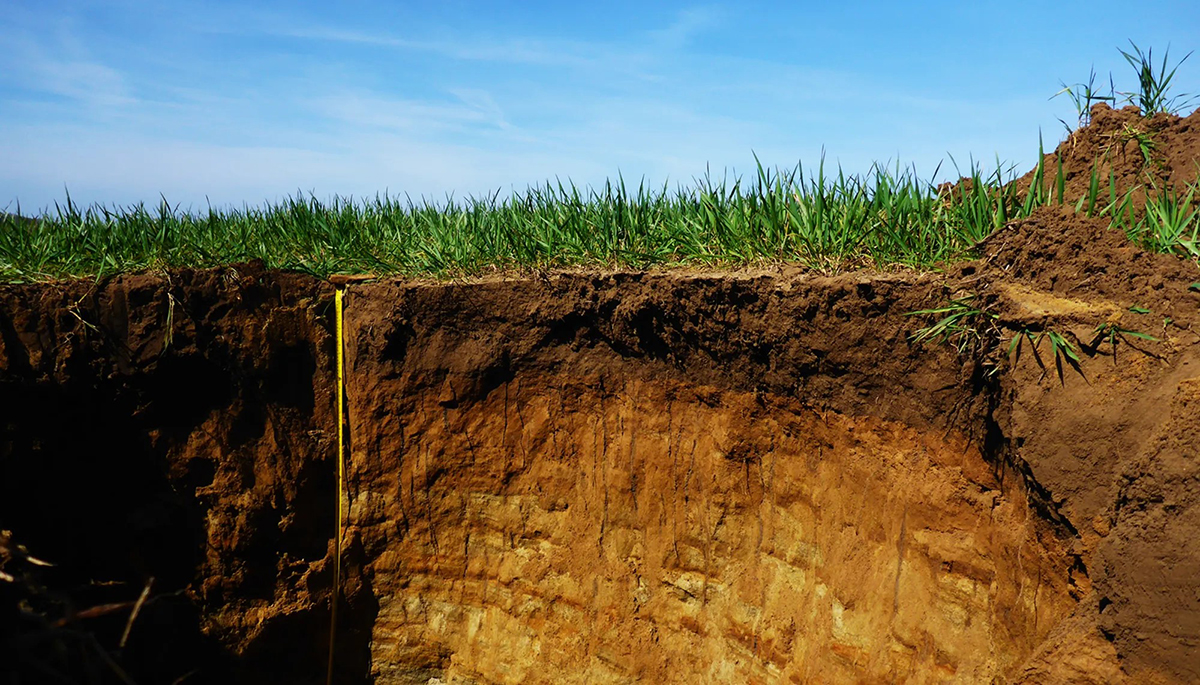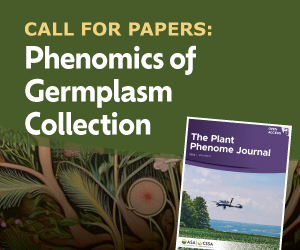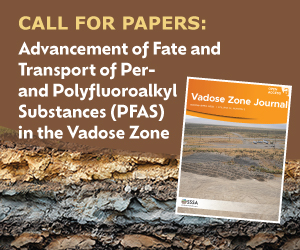Weathered bedrock holds overlooked carbon storage potential

Soils are one of the largest carbon sinks on land, storing more than 1,500 billion metric tons of organic carbon, over twice the amount in the atmosphere. This carbon is vital for soil health, aiding water retention, erosion control, and plant nutrition. Despite the capacity of all soil to hold carbon, most research focuses only on surface soils, ignoring deeper layers and their parent materials.
New work by scientists at Cranfield University highlights the importance of these deeper zones. In one of the first studies comparing carbon in agricultural soils to their weathered bedrock parent material (saprolite), researchers found that carbon levels in saprolite were similar to surface soils. Much of this deeper carbon was stable, though it became more labile near the surface.
The findings suggest that weathered bedrock layers hold overlooked organic carbon, and that by leaving this transition zone between weathered rock and overlying soil unaccounted for, current studies are underestimating the size of the soil carbon sink. Recognizing and managing this deeper carbon reservoir could inform new strategies for long-term carbon sequestration and help advance global Net Zero Carbon goals.
Dig deeper
Evans, D. L. (2025). Organic carbon stocks in weathered bedrock—Establishing the soil parent material as a new horizon in soil carbon research. Vadose Zone Journal, 24, e70007. https://doi.org/10.1002/vzj2.70007
Text © . The authors. CC BY-NC-ND 4.0. Except where otherwise noted, images are subject to copyright. Any reuse without express permission from the copyright owner is prohibited.











